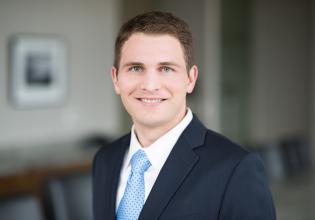
Can’t Stop a Bull: Limits of Claim Preclusion
INGURAN, LLC, DBA STGENETICS v. ABS GLOBAL, INC., GENUS PLC
Before Lourie, Bryson, and Reyna. Appeal from the United States District Court for the Western District of Wisconsin.
Summary: Claim preclusion does not bar an induced infringement claim that did not exist at the time of the earlier action.
In a first lawsuit (ABS I), STGenetics (“ST”) brought claims for patent infringement against ABS Global, Inc. (“ABS”). ABS stipulated that its GSS System directly infringed ST’s patent on a method for sorting bull sperm cells. The district court granted ST an ongoing royalty. ST also filed a second patent infringement suit (ABS II) against ABS. During discovery in ABS II, ST learned that ABS had begun selling and licensing the GSS System to third parties and teaching them how to use the system. In a third suit (ABS III), ST alleged induced infringement based on ABS’s selling and licensing of the GSS System to third parties. ABS moved to dismiss this induced infringement claim on the ground that the claim was precluded by the judgement in ABS I. The district court granted the motion to dismiss. ST appealed.
On appeal, ABS and ST disputed only the second element of the three elements to claim preclusion, namely whether ABS I and ABS III involved the same cause of action. The Federal Circuit first found that, in ABS I, ST did not assert induced infringement involving third parties. Second, the Federal Circuit found that ST could not have tried its third-party induced-infringement claim in ABS I because such claim would have been based on speculation and the facts supporting the claim came to light only during discovery in ABS II. For these reasons, the Federal Circuit held that ABS I and ABS III did not involve the same cause of action. Thus, the district court erred in applying claim preclusion and the Federal Circuit reversed.
Editor: Paul Stewart

